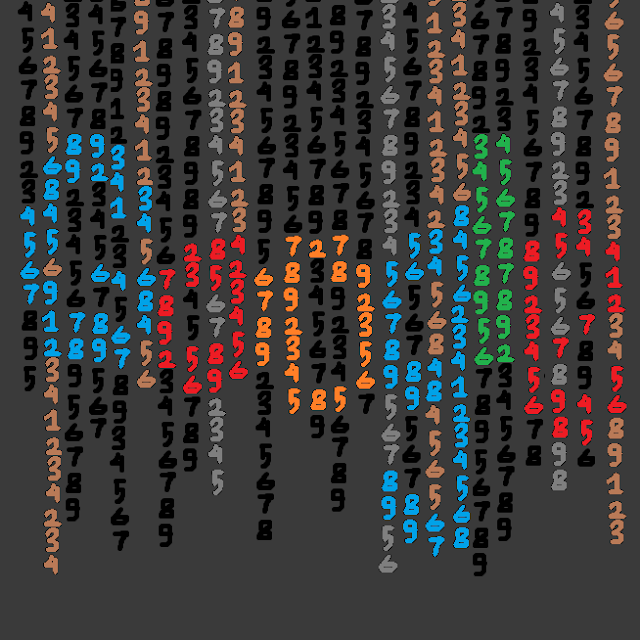Why the Piano Remains Timeless in Modern Music - Blog No. 104
Picture this: it’s a quiet evening, and a solitary grand piano sits under a dim spotlight. The moment a musician’s fingers press the ivory keys, the room fills with emotion—nostalgia, passion, joy, or sorrow. No matter the genre, generation, or geography, the piano continues to captivate us. But why does this centuries-old instrument still echo so profoundly in our modern musical landscape?
In this post, we’ll explore why the piano remains timeless in modern music, blending history, emotion, innovation, and universal appeal into an instrument that continues to shape the soundtrack of our lives.
Related
A Brief History: The Birth of a Legend
The piano was invented in the early 18th century by Bartolomeo Cristofori, an Italian instrument maker. He sought to create an instrument that could provide both delicate pianissimo and powerful fortissimo—a dynamic range unmatched at the time. The name “pianoforte” literally means “soft-loud,” a testament to its expressive capabilities.
Over time, the piano evolved from ornate harpsichords and clavichords into what we know today: an 88-key masterpiece found in concert halls, jazz clubs, churches, homes, and now, digital apps.
Even with the rise of modern technology and new instruments, the piano remains a central force. From Beethoven to Billie Eilish, the piano has never lost its seat at the table.
The Emotional Resonance of the Piano
The true magic of the piano lies in its emotional expressiveness. Few instruments match its ability to mimic the human voice, convey subtle feelings, or unleash thunderous drama.
A Story of Connection
Take Adele’s “Someone Like You.” Stripped down to just piano and voice, the song became an anthem of heartbreak around the world. Or consider John Legend’s “All of Me”—a piano-driven ballad that turned into a global wedding classic.
The piano doesn’t just accompany; it becomes a character in the song. In modern music, where storytelling and authenticity are key, the piano’s emotional depth makes it irreplaceable.
Versatility Across Genres
From classical compositions to trap beats, the piano wears many hats. No other instrument adapts to genres as fluidly.
Pop and Ballads
Pop music regularly turns to the piano for its soul. Artists like Taylor Swift, Sam Smith, and Alicia Keys often compose on piano, crafting melodies that are intimate yet powerful.
Jazz and Blues
Jazz was born with piano as one of its core voices. Think Thelonious Monk, Bill Evans, and Herbie Hancock. The piano provides both rhythm and harmony, making it perfect for improvisation.
Hip-Hop and R&B
Surprisingly, the piano is also a secret weapon in hip-hop. Producers like Kanye West and Metro Boomin often use piano samples to add atmosphere or drama. Tracks like Eminem’s “Stan” and Kendrick Lamar’s “PRIDE.” use piano to paint mood and emotion.
Electronic and Experimental
Electronic artists like Nils Frahm and Ólafur Arnalds fuse classical piano with synths and loops, proving the piano’s place even in futuristic genres. The instrument becomes both analog and digital, acoustic and electronic.
The Piano in Modern Music Production
In the age of DAWs (Digital Audio Workstations) and MIDI controllers, the piano remains front and center—just in new forms.
The Power of Digital Pianos and VSTs
Today, producers use virtual pianos like Keyscape, Addictive Keys, or Spitfire Audio’s felt pianos to create world-class tracks without a physical instrument. These virtual pianos are sampled from real grand pianos with stunning realism.
MIDI Keyboards: The Piano’s Digital Cousin
MIDI keyboards, based on piano layout, are essential tools in every producer’s arsenal. Whether composing film scores or EDM tracks, creators rely on this layout because it's intuitive, familiar, and expressive.
The piano’s DNA is embedded in how we write, record, and perform music in the digital age.
A Gateway to Musical Understanding
Why do most music schools start students with piano? It’s because the piano provides the clearest visual and physical representation of music theory.
See the Music
On a piano, notes are laid out left to right—no guesswork, no tuning. You can see octaves, chords, intervals. Learning harmony, melody, and rhythm becomes tangible.
Play Full Arrangements
Unlike most instruments, the piano can play melody and accompaniment at once. It’s essentially an orchestra in a box.
That’s why it’s the go-to instrument for composers, music teachers, and students. The piano offers a holistic musical experience that’s hard to replicate.
Iconic Moments in Modern Piano Music
Some of the most iconic moments in modern music history were born on a piano.
-
Lady Gaga’s 2016 Super Bowl performance started at the keys.
-
Freddie Mercury composed many Queen classics on piano, including “Bohemian Rhapsody.”
-
Coldplay’s “Clocks” became a defining sound of the 2000s with its hypnotic piano riff.
-
BTS’s “Spring Day” mixes classical piano chords with pop production, creating emotional depth.
These aren’t accidents. Artists consistently return to the piano to craft moments that resonate globally.
A Symbol of Elegance and Depth
The piano also holds cultural weight. A grand piano evokes luxury, sophistication, and artistry. In a world full of autotune and algorithmic hits, the piano stands as a symbol of musical integrity.
Think of the difference between a heavily produced pop single and a stripped-back piano version of the same song. Suddenly, the raw humanity shines through. That’s the piano’s superpower—it reveals the core of the music.
TikTok, YouTube, and the Rise of Piano Creators
In 2025, platforms like TikTok, YouTube, and Instagram are bursting with piano content.
-
Lo-fi piano loops dominate focus playlists.
-
Piano tutorials teach millions of beginners their favorite songs.
-
Piano cover artists go viral regularly—think Rousseau, Patrik Pietschmann, and Youtubers like Costantino Carrara.
This trend proves one thing: the piano isn’t just surviving—it’s thriving in the age of short-form video and global streaming.
AI Meets Piano
The rise of AI-generated music has even embraced the piano. Tools like AIVA, Google’s MusicLM, and MuseNet use piano as a foundational layer when composing songs. Why? Because it’s structured, harmonically rich, and universally understood.
Many artists today are using AI to co-create piano loops, then build entire tracks around them. The piano is becoming the bridge between human creativity and machine intelligence.
A Canvas for Creativity
The piano isn’t just an instrument—it’s a blank canvas. Whether you’re a child learning your first notes or a producer scoring a movie, the piano invites exploration.
Compose Freely
On the piano, musical ideas come to life instantly. You don’t need to program or edit. You just play. And that direct connection between thought and sound is priceless.
Innovate and Reimagine
Modern artists constantly reinvent the piano. From prepared piano (where objects are placed inside the strings) to reverse playback and synth layering, creators turn a traditional tool into a futuristic sound machine.
The Piano and Mental Wellness
In a time where mindfulness, therapy, and wellness are more important than ever, the piano has emerged as a form of emotional release.
-
Playing piano lowers stress.
-
It improves focus and brain activity.
-
It provides a meditative, creative outlet.
Apps like Simply Piano, Yousician, and Flowkey help people rediscover themselves through piano—even if they’ve never played before.
Global Accessibility and Cultural Reach
From Tokyo jazz bars to African gospel choirs, from Latin pop studios in Miami to film scoring stages in Mumbai—the piano transcends language and culture.
It’s in Bollywood hits, K-pop ballads, Parisian cafés, and Brazilian bossa nova. No other instrument has this kind of global passport.
Related
Conclusion: A Timeless Instrument for a Changing World
Why does the piano remain timeless in modern music? Because it adapts without losing its soul. It is historical, emotional, versatile, and deeply human. It bridges classical tradition and cutting-edge technology. It sings our stories, teaches our children, and heals our hearts.
In a world that constantly changes—where musical trends rise and fall overnight—the piano stays. Not just because it sounds beautiful, but because it connects us to something bigger: the shared language of music.
.jpeg)


Comments
Post a Comment